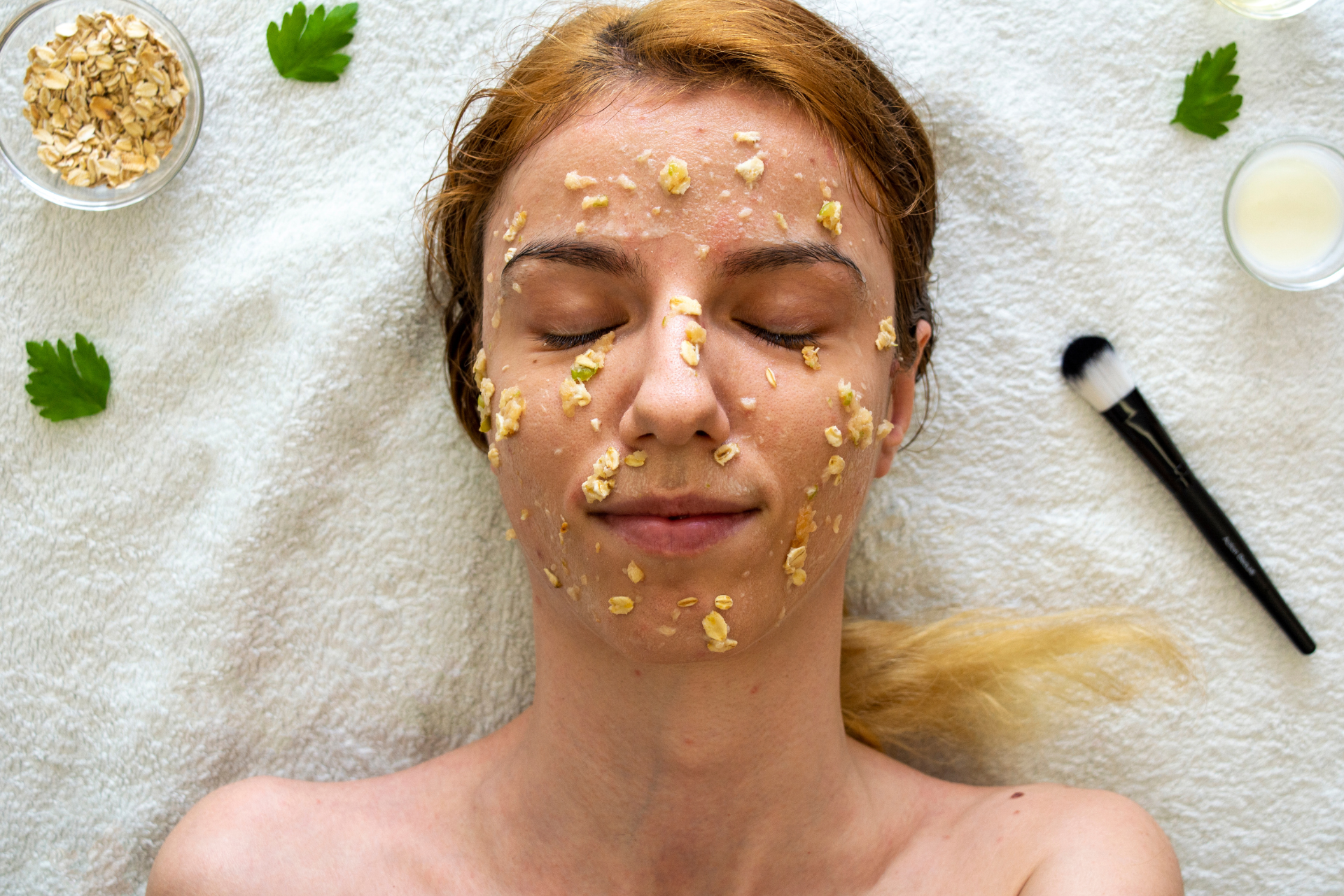DIY Face Masks: Recipes for homemade masks

Welcome to the Fall Creek Skin and Health Clinic blog! Today, we're diving into the wonderful world of DIY face masks. In a world where self-care is more important than ever, taking care of your skin at home can be an empowering and effective way to maintain a healthy complexion. With just a few simple ingredients that you can find in your kitchen, you can whip up homemade face masks that rival expensive spa treatments. Let's explore some easy and effective recipes for DIY face masks that you can try at home.
1. Soothing Oatmeal Mask
Oatmeal is not just for breakfast; it's also a wonder ingredient for sensitive or irritated skin. To make a soothing oatmeal mask, mix together 1/2 cup of oats, 1/4 cup of warm water, and 1 tablespoon of honey. Apply the mixture to your face and leave it on for 15-20 minutes before rinsing off with warm water. Oatmeal is known for its calming and anti-inflammatory properties, making it perfect for those with acne-prone or sensitive skin.
2. Brightening Turmeric Mask
Turmeric is a spice that has been used in traditional medicine for centuries due to its antioxidant and anti-inflammatory properties. To create a brightening turmeric mask, combine 1 teaspoon of turmeric powder with 2 tablespoons of plain yogurt and 1 teaspoon of honey. Turmeric can stain the skin, so be sure to do a patch test before applying it to your face. Leave the mask on for 10-15 minutes before washing it off with lukewarm water. This mask can help reduce redness and hyperpigmentation, leaving your skin glowing.
3. Hydrating Avocado Mask
Avocado is not only delicious in guacamole but also a hydrating powerhouse for the skin. Mash up 1/2 ripe avocado and mix it with 1 tablespoon of honey and 1 tablespoon of plain yogurt to create a nourishing mask. Avocado is rich in healthy fats and vitamins that can moisturize and replenish the skin. Leave the mask on for 15-20 minutes before gently washing it off with lukewarm water. Your skin will thank you for the hydration boost!
4. Exfoliating Coffee Mask
If you're looking to slough away dead skin cells and reveal smoother skin, a coffee mask is the way to go. Combine 2 tablespoons of ground coffee with 1 tablespoon of coconut oil and 1 tablespoon of brown sugar to create an exfoliating mask. Gently massage the mixture onto your face in circular motions and leave it on for 10-15 minutes before rinsing off with warm water. Coffee grounds are a natural exfoliant that can help improve circulation and brighten the skin.
5. Clarifying Clay Mask
Clay masks are excellent for drawing out impurities and excess oil from the skin. Mix together 1 tablespoon of bentonite clay with 1 tablespoon of apple cider vinegar and a few drops of tea tree oil to create a clarifying mask. Apply the mask to your face, avoiding the eye area, and let it dry for 10-15 minutes before washing it off with warm water. This mask is perfect for oily or acne-prone skin types.
We hope these DIY face mask recipes inspire you to take some time for self-care and pamper your skin at home. Remember to patch test any new ingredients to avoid any adverse reactions. If you have any specific skin concerns or conditions, don't hesitate to consult with the experts at Fall Creek Skin and Health Clinic for personalized skincare advice. Stay tuned for more skincare tips and tricks on our blog!




